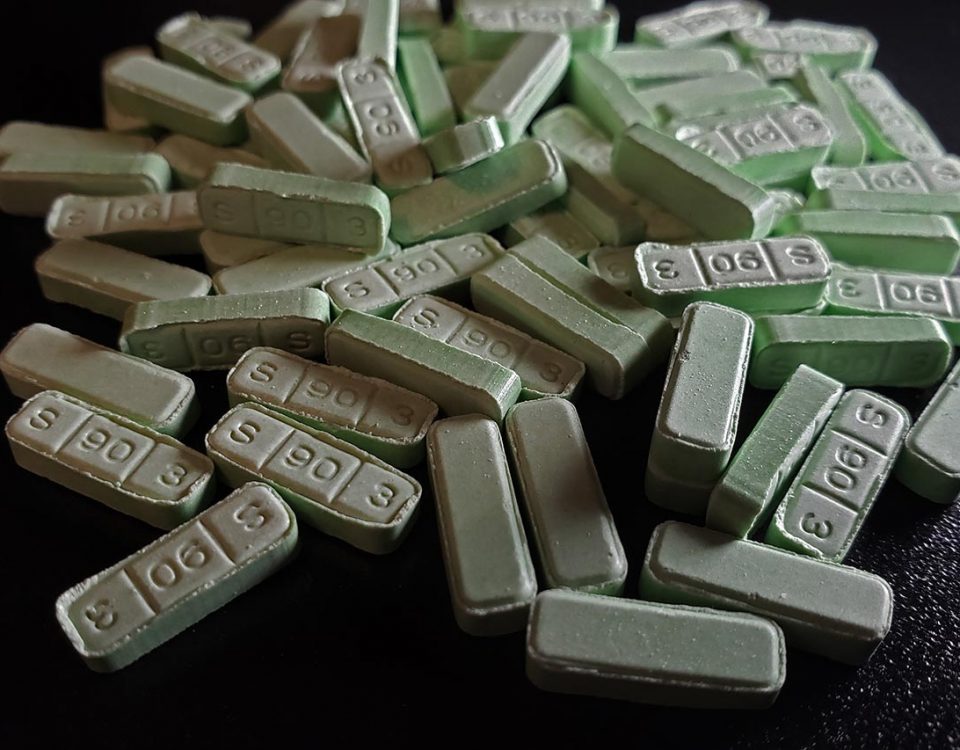Rhabdomyolysis is a life-threatening condition that’s caused by various mechanisms, including drug use and various toxins. The list of drugs that cause rhabdomyolysis is extensive, many of which are both common medications and illicit drugs. Today, our Boston rehab is diving into drug-induced rhabdomyolysis and why it’s another one of the many reasons drug abuse is disastrous.
What Is Drug-Induced Rhabdomyolysis?
Rhabdomyolysis (often called rhabdo) is a common, life-threatening condition that occurs when damaged muscle tissue releases it’s proteins and electrolytes into the bloodstream. These substances, while vital for other processes, can damage the heart and kidneys and lead to permanent disability or even death if they make it into the blood.
Common causes of rhabdo include heat exposure, physical exertion, and direct trauma or injury, such as a crush injury from a fall. Anyone can get rhabdomyolysis, but people with active and dangerous occupations are more likely to experience this condition.
Aside from the more common causes of rhabdomyolysis, this condition can also be the result of drug use. Drug toxicity involves organs like the kidneys, liver, gastrointestinal tract, and central nervous system (CNS), as these are the ones that are most impacted by both medications and drugs of abuse.
Drug-induced rhabdomyolysis can be the result of direct injury to the muscle caused by myotoxic drugs or intravenous drug use, as well as secondary muscle injuries such as inadequate blood supply or injury caused by prolonged seizures. Rhabdo may also occur in cases where the person lost consciousness or overdosed and fell and injured or crushed a muscle.
Although the mortality rates of drug-induced rhabdomyolysis are unknown because most cases go unreported, it’s estimated that 5% to 25% of acute rhabdo cases lead to renal failure, and about 10% to 40% of patients with rhabdomyolysis develop acute renal failure.1 In other words, rhabdo can lead to kidney damage and failure, which could be fatal or necessitate surgery or long-term dialysis.
Drug-Induced Rhabdomyolysis Symptoms
Signs and symptoms of rhabdo may be hard to pinpoint at first. This is true in most cases because the severity and course of rhabdomyolysis vary depending on its cause. While symptoms that stem from a muscle injury might seem more obvious, drug-induced rhabdo might be marked by mild symptoms that might seem minor enough to ignore.
Common drug-induced rhabdomyolysis symptoms include:
- Muscle pain in the shoulders, thighs, or lower back
- Muscle weakness or trouble moving arms and legs
- Dark red or brown urine
- Decreased urination or trouble urinating
- Abdominal pain
- Nausea and vomiting
- Fever
- Rapid heart rate
- Confusion
- Dehydration
- Loss of consciousness
Other common complications that are caused by blood include high levels of potassium in the blood, which can cause irregular heart rate, cardiac arrest, and kidney damage. Serious compression of the nerves, blood vessels, and muscles can cause tissue damage and inhibit blood flow. A condition called compartment syndrome may also occur following fluid resuscitation or when necessary fluids are reintroduced into the body as part of medical treatment.
Which Drugs Cause Rhabdomyolysis?
Ultimately, certain drugs can cause rhabdomyolysis if they impair the production or use of adenosine triphosphate (ATP) by skeletal muscle or increase energy requirements that exceed ATP production. ATP is a compound that’s present in all living tissue that provides energy for muscular contraction.
ATP is important because it’s the main energy currency of the cell. It transports the energy necessary for all cellular metabolic activities, which is why it’s even dubbed as the university unit of energy for all living organisms. With that said, drug-induced rhabdomyolysis can be caused by substances that inhibit ATP production or cause the muscle or area of the body to use more ATP than is produced, after which certain functions begin to collapse.
Drugs that cause rhabdomyolysis include:2
- Antipsychotics and antidepressants:
- Amitriptyline
- Amoxapine
- Doxepin
- Fluoxetine
- Haloperidol
- Lithium
- Protriptyline
- Phenelzine
- Chlorpromazine
- Loxapine
- Promazine
- Trifluoperazine
- Sedative hypnotics:
- Benzodiazepines
- Diazepam
- Nitrazepam
- Flunitrazepam
- Lorazepam
- Triazolam
- Barbiturates
- Glutethimide
- Antilipemic agents
- Lovastatin
- Pravastatin
- Simvastatin
- Bezafibrate
- Clozafibrate
- Ciprofibrate
- Clofibrate
- Drugs of Abuse
- Heroin
- Cocaine
- Amphetamine
- Methadone
- D-lysergic acid diethylamide (LSD)
- Antihistamines
- Diphenhydramine
- Doxylamine
- Other Drugs
- Alcohol
- Amphotericin B
- Azathioprine
- Butyrophenones
- Emetics
- Epsilon-aminocaproic acid
- Halothane
- Laxatives
- Moxalactam
- Narcotics
- Oxprenolol
- Paracetamol
- Penicillamine
- Pentamidine
- Phencyclidine
- Phenylpropanolamine
- Quinidine
- Salicylates
- Strychnine
- Theophylline
- Terbutaline
- Thiazides
- Vasopressin
There are plenty of illicit drugs and medications that cause rhabdomyolysis that can also lead to other problems, such as addiction. While rhabdo may not occur to everyone who uses the drugs listed above, it is one of the many risk factors that should be considered upon using a new medication and engaging in drug abuse. Other related diseases include drug-induced skin disorders and thrombocytopenia.
It’s also important to note that the likelihood of life-threatening problems like rhabdomyolysis is more likely to occur in cases where prescriptions medications are abused, or street drugs like heroin and cocaine are used. Intravenous drug use (injecting drugs into the vein) can also lead to muscle damage and possibly rhabdo, among other things.
If you find yourself unable to control your drug use or addicted to a particular substance, don’t wait to reach out for help. Banyan offers Massachusetts drug and alcohol treatment for people addicted to prescription or illicit drugs and for people with alcohol use disorders.
Our detox partnerships allow us to address our clients’ physical needs and ensure their safety and health during the withdrawal process. Relapse is most common during withdrawal, so medical support is crucial. After detox, patients then have the opportunity to work with our counselors and therapists to recover their mental health and establish a sober lifestyle.
For more information regarding our Massachusetts drug rehab, call Banyan Treatment Center today at 888-280-4763.
Sources:
- Annals of Saudi Medicine – Drug-Induced Rhabdomyolysis
- Research Gate – Drugs that may induce rhabdomyolysis
Can Your Heart Recover From Drug Abuse?
Drug-Induced Thrombocytopenia









